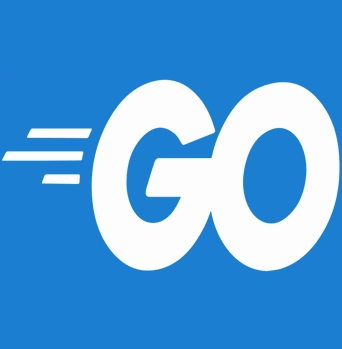


Go is a general-purpose programming language. Go language is also referred to as Golang because of its website domain name golang.org, but its proper name is Go. Go was named after its mascot “gopher”.

Go is developed by Google. The development of Go began in the year 2007 as an internal Google project. The original designers of Go are Robert Griesemer, Rob Pike, and Ken Thompson.
The designing of Go began with the purpose of avoiding problems, difficulties, and drawbacks of already existing programming languages at that time. Go is inspired by other various popular languages like C, C++, Python, Smalltalk, Pascal, etc.
The popularity of Go is increasing every day. The reason behind it is that Go can be used as an alternative to popular and complicated programming languages like Java, C++, C, etc. for the development of web applications, databases, network programming, etc.

The development of Go began in 2007 at Google as an internal project. The original designers of Go were Robert Griesemer, Rob Pike, and Ken Thompson. Robert Griesemer is a Swiss computer scientist working at Google. Rob Pike is a Canadian programmer and author. He is also a member of the UNIX team and works for Google. Ken Thompson is an American pioneer of computer science. Also, he is the designer and creator of Unix, B programming language, C, Go, inferno, etc. Other than the original designers, Go has a team at Google that includes Russ Cox, Ian Lance Taylor, Andrew Gerrand, and many others for the development of Go.
Go was publicly announced and became open-sourced in the year 2009. The initial release of Go was in March 2012. The first version is Go version 1 or Go 1. The latest version of Go is Go 1.16 released in February 2021.

Go is a strongly statically typed programming language that means type checking is done at its compile-time. Many programmers may consider this difficult for writing large programs, but Go's syntaxes are short. Also, Go provides a convenient version of duck typing (duck typing is a system for invoking an existing method on an object without a type, if the method is already defined then it can be invoked).
Go has had a liberal open-source license since 2009. The software which has an open-source license is not proprietary, source code can be used, modified, and distributed to the public for free. It is a large community of programmers to provide support like developments, new solutions for the problems, etc.
Many developers from around the world have contributed to Go's open development model. Also, many third-party Go packages are available in the Go Dashboard.
At the time of program execution, they write objects into the memory, but sometimes these objects have to be removed when they are no longer needed. This process of removing these unwanted objects is called memory management.
Go provides automatic dynamic memory management known as garbage collection. So, there is no need for manually freeing memory. Garbage collection can provide various benefits like more security, better portability, reduced code length, etc.
In Go language, every activity (methods or functions) that are executed at the same time (concurrently) is known as Goroutines. Every program has at least one goroutine known as the main Goroutine. If the main Goroutine is terminated then all the goroutines in it are also terminated.
Large programs are made from combining smaller sub-programs. The process of executing these smaller sub-programs simultaneously and independently is known as concurrency. Go has a high level of concurrency by using goroutines and channels.
Go language is syntactically similar to "C" which makes it easier to learn for those who have basic knowledge about programming languages. Go uses a very easy-to-understand syntax which can avoid complexity and verbosity.
Go is a procedural programming language. Procedural programming is a programming model based on the concept of calling procedure also known as functions, routine, or subroutines
Go allows using the paradigm most suitable to solve the problem. Go is a purely procedural language, but also supports object-oriented programming. Go’s an approach to object-orientation is radically different from other popular languages such as C++, Java, or Python, and compared to these languages Go is much easier to use and more flexible.
Go has a standard library that consists of a set of core packages. These packages can be added to various kinds of programs to enhance and extend the language. So that it is not necessary to build your own packages or download packages that others created or published.
Go has a simple syntax that makes it easy for beginners. In addition, various types of tutorials are available on the internet.
Go has simple and short number lines of code which help to save time. This is very important because reading and understanding large programs is time-consuming.
Go is easier to understand for those who have basic knowledge about programming languages.
The code written in Go is translated directly into formats that a processor can understand. So, it does not require more time for its execution.
Go can work on different operating systems (platform-independent) such as Windows, Linux, Mac, etc.
